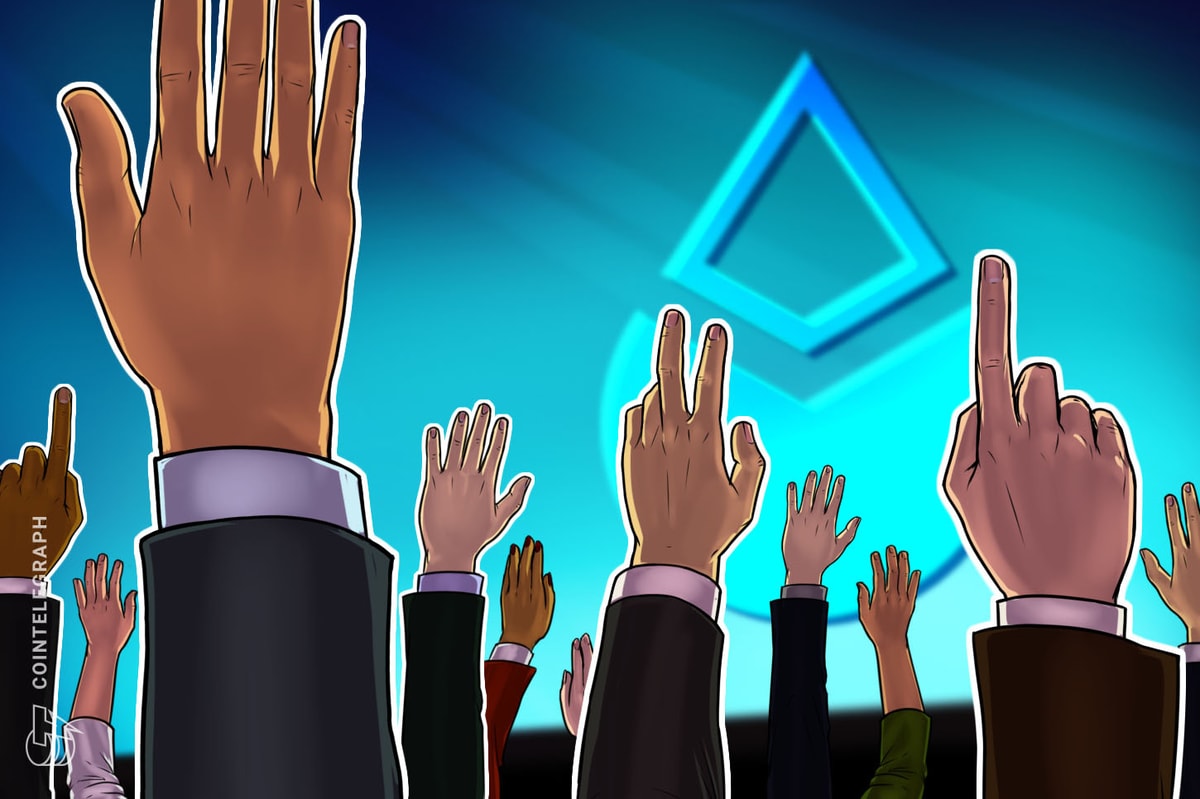Today, control of the internet is heavily concentrated in the hands of a few companies that enjoy massive scale advantages and regulatory protection. These companies operate the internet’s most critical infrastructure, from providing services like telecommunications to offering digital commodities like compute power. Their dominance has lowered competition in their respective industries, which has inevitably led to rising prices and fewer choices — ultimately hurting end users.
A new set of platforms, termed decentralized physical infrastructure Networks (DePIN), return control of the internet’s infrastructure to the people it’s supposed to most benefit: users. Built on public blockchains, these networks have the ability to take the disruptive innovation of some companies — such as Airbnb — a step further by empowering citizens to own, monetize, and improve the infrastructure around them.
More simply: DePIN allows individuals to provide their own labor or resources — for example, their electricity and internet connection — in return for micropayments. This allows protocols to create massive infrastructure footprints without having to front the bill.
Related: Bitcoin's OP_CAT proposal could transform the Bitcoin blockchain
DePIN makes it easy to start businesses in sectors that traditionally have high barriers to entry. By relying on networks of contributors, rather than hiring people and buying infrastructure, companies can build capital intensive businesses through crowdsourcing, without having to put the money up themselves. DePIN turns big upfront fixed costs into manageable long-term variable costs. Web2 companies such as Uber pioneered this concept — taxi companies are capital intensive, but Uber is capital light, so it can scale much faster without the need for as much capital.
Unlike Uber, however, DePIN companies use tokens to supercharge the model by rewarding contributors (drivers in Uber’s case) with ownership as well as cash. By mobilizing communities of people connected by the internet, DePIN introduces an entirely new model for building networks that leverages a variable cost structure to deliver value to customers. Several changing factors in the world make this increasingly relevant today.

Today, there are over 1000 companies using DePIN to tackle incumbents. The first at scale was Filecoin, (FIL) which powers verification, storage, and retrieval for 3rd parties who want to provide cloud services to businesses. Filecoin’s disruptive model facilitates the creation of a competitive storage marketplace financed through the fees that storage providers (SPs) earn for the storage and retrieval of data and incentivizing suppliers with its native currency. By joining the Filecoin network, any business with excess storage capacity can compete with Amazon’s centralized scale on cost, with high guarantees around security and access.
Related: Coinbase's Base could make it the NVIDIA of DeFi
DePIN networks have also emerged to provide other digital commodities like compute power and bandwidth. Akash Network allows people with GPUs to lease resources to developers who need compute power and operates with a similar token mechanism to Filecoin. However unlike Filecoin which focuses on storage, Akash focuses on compute power for AI model training use cases. Another early DePIN experiment, Helium, is attempting to build a network to crowdsource bandwidth. By incentivizing people to deploy routers and provide internet services, Helium has created the first crowdsourced telecommunications network. Each of these three projects provides a different digital commodity by taking advantage of communities of willing deployers.
The DePIN business model uniquely breaks the business model of incumbents creating digital commodities. Incumbents have traditionally used their market power to force long term contracts onto customers who previously didn’t have a choice under the software as a service (SaaS) model. These long-term contracts are important in letting the incumbent recoup massive upfront costs. However, these “one size fits all” subscription economics don’t always make the most sense for the end customer, who is increasingly looking for pay-as-you-go solutions —IAAS model). DePIN projects, because they can crowdsource supply and don’t have to worry about recouping upfront costs, are uniquely suited to IAAS models.

The ability for DePINs to strategically incentivize capacity offers a powerful counterweight to how cloud services have historically operated, with large fixed upfront costs driving fixed capacity. While DePIN is nascent and none of the three projects mentioned has yet to cross the chasm to mainstream adoption, they have the unique potential to challenge the biggest incumbents on cost. Filecoin already offers storage services at a fraction of the cost of Amazon's cloud services.

Though crowdsourced infrastructure is in its early days, DePIN offers a path to tackle gargantuan incumbents without having to raise competing central financing.
DePIN can eat infrastructure the way software ate most of commerce. Cloud services is a winner take all market in which the end resource is often commoditized, and therefore winners depend on who can sustain the lowest price for the resource they offer. This goes to production cost, and areas that DePIN wins are those where incentivized communities can greatly lower production cost by contributing excess capital/labor like spokes around a central hub of revenue-driving infrastructure. From education to remote work, the internet penetrates an increasing proportion of how we live, learn, and grow. Should Filecoin’s model scale to provide useful storage coverage, it may represent a capitalist example of how returning the means of production to workers can create massive economic value.
By driving down the price of digital commodities, DePIN should incentivize broader use of internet services with fewer barriers to entry, resulting in increased societal welfare at large.
This article is for general information purposes and is not intended to be and should not be taken as legal or investment advice. The views, thoughts, and opinions expressed here are the author’s alone and do not necessarily reflect or represent the views and opinions of Cointelegraph.











